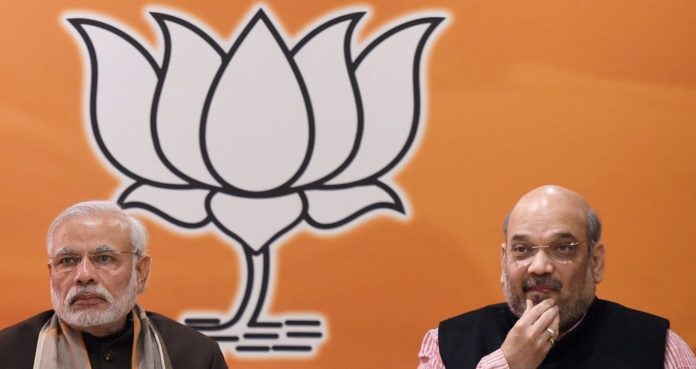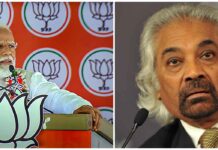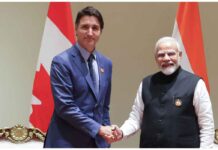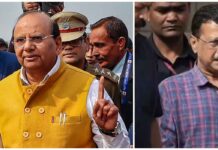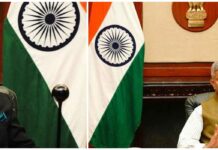Challenges in front of BJP in Uttar Pradesh after tremendous win
Uttar Pradesh is the third largest economy of India with a home to seven million plus cities and the urban population of approx. 23%. In the year 2013-14, the state registered an economic growth of about 5.1%. However, since independence, Uttar Pradesh has lagged behind in development and growth. Uttar Pradesh is primarily an agrarian economy with about 60% population involved in agriculture. Heartland of Hindi speaking people, Uttar Pradesh has 17 administrative divisions, 71 districts, 312 tehsils and 820 developmental blocks. Uttar Pradesh has a population of about 200 million which is far more than many countries of the world. The state comes under the BIMARU states of India which are lagging behind in growth and development.
In such a scenario, there was a need for the change in governance of the state to bring in major overhaul in the system. The electorate of Uttar Pradesh changed the governance in 2017 elections. The political scene of the state which was primarily dominated by caste and religion based vote banks has now been dominated by the wave to seek change in all the arenas of the development. Now that Bhartiya Janta Party has arrived to rule the state for next five years, it is the time to fulfill promises made during campaigning and to perform. Let’s have a close look at the election manifesto of the State. The manifesto of the BJP was wisely chosen and included the provisions for welfare of public i.e. loans and insurance cover to the needy sections, electricity, Transport to improve the roads connectivity among villages, waiver of farm loans, Analysis of Triple talaaq, pension for poor families, to end gundaraj, LPG and gas pipelines to every house etc. In a nutshell, the prime focus of the manifesto was kept on Students, Women and farmers.
It is sad to note that U.P. is undergoing a financial crisis and is being featured in the 10 most indebted states of the country with a debt to GDP ratio of about 30%. Further, the basic economic parameters for determining the growth have been lagging behind those for the country. The Gross Domestic Product of the country has remained stagnated till 2014-15 at 6% which is quite less than that of the country’s i.e. 7.52%. The manufacturing and service industry is not at all growing at a faster pace in the State. More than 90% of the business in the state is small scale. In order to attain inclusive growth, the state must be set up with Industries for it to contribute in the National income.
Another major issue is the development of all classes in line with the general strata to ensure inclusive growth. Maintaining unity in the state and suppression of the demands for separation from various states is also a challenge to be taken well. Since the people of the state are already disappointed by the previous governance, the onus now comes on the shoulder of BJP to work towards eradicating unemployment, poverty, providing health facilities, improving education in the state, providing safe atmosphere to the women and stick by the promises mentioned in its election manifesto.

